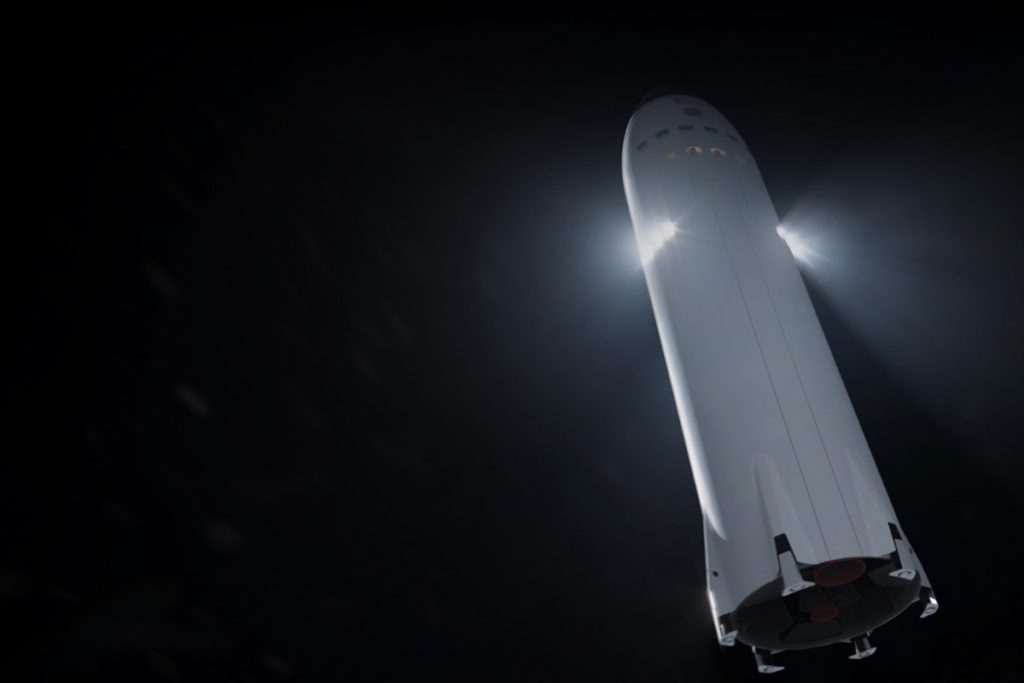The payload was carried into orbit by SpaceX’s workhorse Falcon 9 rocket, which delivered a new batch of 6o Starlink internet satellites into orbit.
The Falcon 9, a reusable launch vehicle, flew for the ninth time and landed for the ninth time for the first-stage booster, setting a new record.
SpaceX’s previous reusability record was set in January of this year as part of another Starlink mission, using the same first-stage booster that had just flown the year before. The company needs to demonstrate not only that it can re-fly these boosters, but also that the booster units can be turned around quickly.
At 6:01 a.m. EDT, the two-stage rocket launched from Pad 39A at NASA’s Kennedy Space Center in Florida.
The launch of 60 Starlink satellites on Sunday was the third in less than two weeks. It takes the total number of satellites in space to over 1,000.
Musk plans to launch 42,000 satellites into orbit over the next few decades in order to carry high-speed internet to every corner of the globe.
The launch comes just days after the company’s previous flight, which saw a Falcon 9 rocket blast off from Space Launch Complex 40 at Cape Canaveral.
With no clouds in the atmosphere, onlookers were treated to a stunning view of the rocket as it ascended into space.
Read More on Tech Gist Africa;
The Kenya Space Agency plans to launch mini rockets later this year
UAE Mars Mission: The UAE made history as the first Arab Country to reach Mars
By the end of 2021 SpaceX aims to launch the first all-civil human space mission
